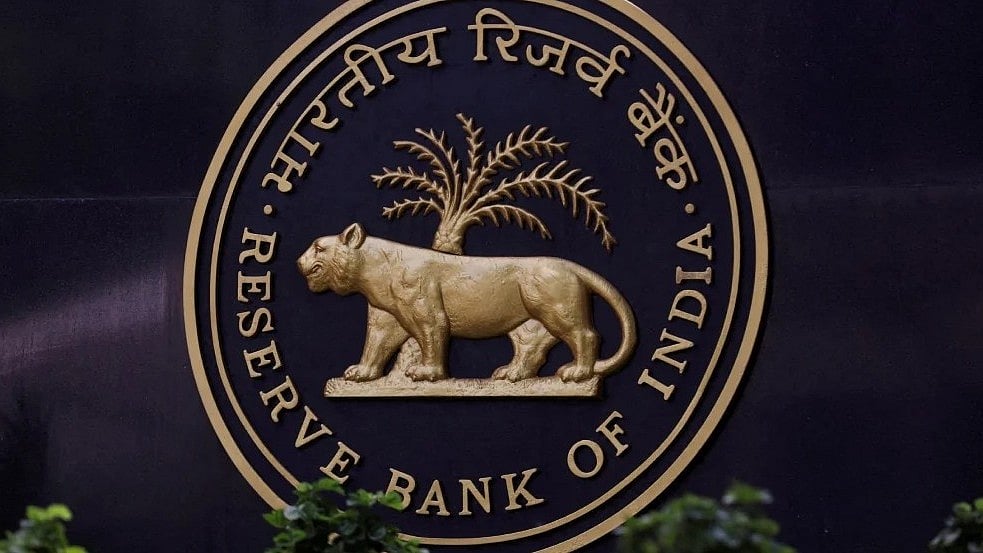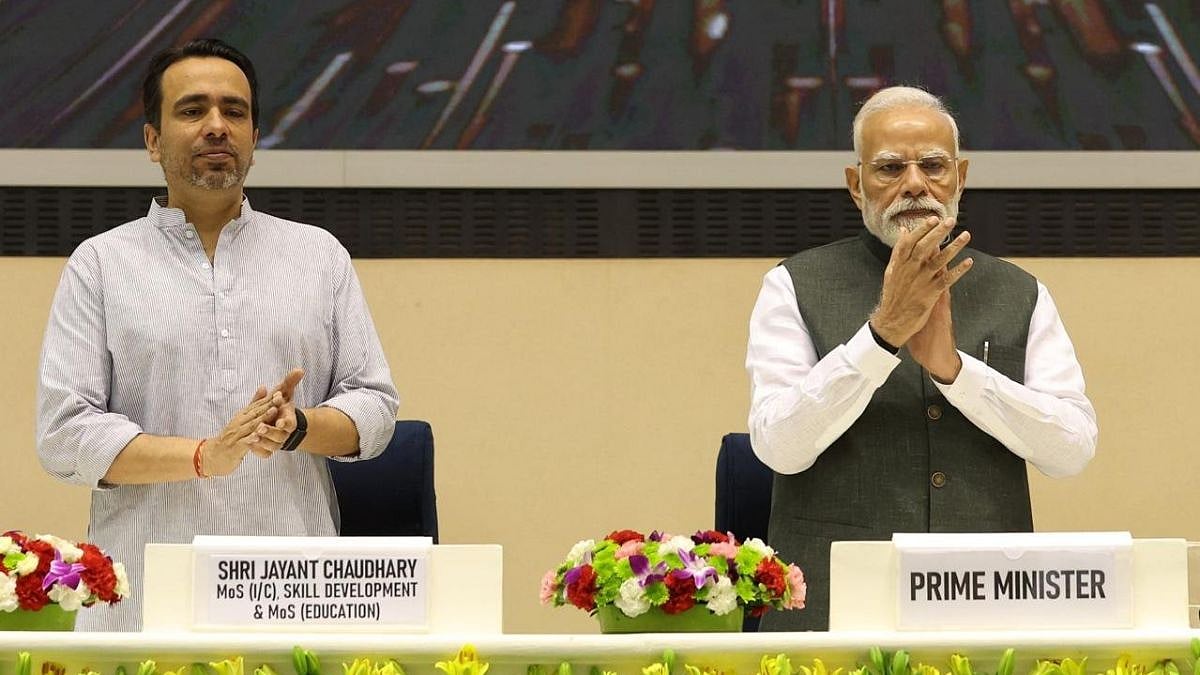After the challenging operating environment, the industry sentiment for the alcoholic beverages sector is turning favourable. This aided by supply chain normalcy, stable input costs, unlocking of the economy and lower tax burden.
There has been a gradual recovery in out-of-home consumption of alcoholic beverages. After being affected in the first half of the financial year (FY) 2021, this will drive further volume growth in the coming quarters.
Recovery trends visible
The Covid pandemic slowed the growth of the economy and completely halted the supply chains. As products were deemed as non-essential, the opening up of its distribution channels were slower. This compared to those in essential categories.
But, with the phased unlocking of the economy, restrictions on the manufacturing and distribution eased. By the end of the first half of FY21, most of the channels were opened and allowed to function with certain restrictions.
This resulted in progressive recovery in volumes of alcobev players on a sequential basis. Besides, the recovery was slow because of fewer operating hours and night curfew.
Macro-economic drivers
Macro-economic opportunities augur well for the alcobev sector in India. The market share has many growth drivers like young demographic, increasing number of people entering legal drinking age, low per-capita consumption and demand for brands. Further, the per-capita consumption of beer in India is lower compared to emerging and developed markets. Thus, these macro-economic boost further growth potential for the alcobev sector in India.
Out-of-home consumption picking
The first half of financial year 2021 affected the out-of-home consumption as bars and restaurants were shut. Also, restrictions on the number of guests at weddings and lack of corporate events further affected the already hurt outdoor consumption of alcobevs.
With 50% capacity and maintaining social distancing norms, around 85-90% of the outdoor premises are operational and ready to serve customers back. As a result, outdoor consumption is picking up along with indoor consumption resulting in volume growth.

Stable regulatory norms to drive volume
On the Covid pandemic, taxation on the alcobev segment across states increased by imposing Covid cess and/or rise in excise duty. States like Andhra Pradesh, Delhi and J&K increased taxes by 50-70% in the name of Covid cess. While states like West Bengal and Odisha increased excise duty by 30%. In other major markets, the tax increase ranged between 10-20%.
Such steps not only resulted in lower consumption but cases of smuggling goods also increased. This resulted in losses to state revenues. The state governments were not able to meet the revenue targets. They rolled back the excessive hikes on alcobev products to revive consumption and generate revenues.
With the economic activity returning to normalcy, states revenues have improved in the last two quarters. Hence there are very less chances of increase in taxes on alcobevs. Also, stable regulatory norms especially in key markets likely to provide greater assurance of volume growth.
Key Risks
Spike in Covid cases, delay in further relaxations for outdoor consumption, increases in taxes and input prices to impact the industry as a whole. Thus impacting the earnings performance of the companies










